A novel approach to photography is exemplified in “Illuminated Reflections,” the current exhibition at the Skirball Cultural Center Ruby Gallery, which features some 20 images based on Jewish themes from Israel, New York, Los Angeles and Mississippi — among them, a woman praying at the Wall in Jerusalem, the window of the Pike Street Synagogue on New York’s Lower East Side with a Star of David in the center, and a cotton field in Mississippi that was part of a series about Jewish life in the American South.
The photos, shot by Bill Aron, who has garnered an international reputation during a career that spans more than 40 years, have been embellished with gold and metal leafing by Victor Raphael, noted around the world for his work in a variety of media, including photography, painting, video and digital art.
One of the images leafed by Raphael is “Tallit Steps,” a picture, shot from above, of outdoor stairs in Jerusalem, with stone walls on both sides. Two little boys sit on the steps, and the interplay of light and shadow creates the appearance of recurring stripes reminiscent of a tallit, or prayer shawl.
“That’s what it has always felt like,” Aron said, “this prayer shawl with the black and white stripes. Because of the walls and the curve of the steps, it has sort of an enveloping feel to it. What Victor did was metal-leaf the shadows, all along the steps, horizontally. You know, modern prayer shawls are no longer black and white, they’re very colorful, so he transformed that image, for me, from a traditional prayer shawl into a modern prayer shawl.”
Perfecting the application of gold and metal leafing to photographs, which is an intricate and delicate undertaking, has occupied Raphael for some 30 years. He said that, in creating the hybrid works on display at the Skirball, he and Aron have revised and updated an old tradition.
“Everyone knows that gold leafing has been around for millennia,” Raphael said. “I mean, it’s been around going back to Egyptian times and certainly in illuminated manuscripts. And, when you look at Persian miniatures, gold is often an accented element that’s included and often highlights significant things or things that have spiritual connotations to them. So, from that point of view, that’s the historical context.”
Raphael is famous for combining traditional art forms with today’s technology. He is credited with groundbreaking achievements in the use of Polaroid photography. His “Space Field Series” contains Polaroids he took of images from space as they appeared on his television screen during a broadcast by NASA. He then enhanced the pictures with gold and metal leafing. His work was included in the 1996 traveling presentation “Polaroid 50: Art and Technology,” which displayed the 50 best examples of Polaroid photography.
Aron’s photographs are panoramic, which he achieves by standing in a fixed spot and shooting a series of overlapping views while slowly turning in a circle. He then stitches together the individual pictures to create the desired result. In “Panorama of the Western Wall Plaza,” the viewer is looking down on tiny figures in the distance praying at the wall, while others mill about on the plaza, with the city of Jerusalem in the background. The entire sky has been gold leafed by Raphael.
The two collaborators have been friends for years. Each has had exhibitions in major museums and galleries around the world, and each has works in prominent collections. Both are founding members of the Jewish Artists Initiative (JAI), a community of Jewish artists in Los Angeles.
A Jewish thread runs through almost all of Aron’s personal projects. His first book, “From the Corners of the Earth: Contemporary Photographs of the Jewish World,” with an introduction by Chaim Potok, focused on images from Jewish communities of the former Soviet Union, Russia, Cuba, New York, Los Angeles and Jerusalem. More than a decade later, he produced a second book, “Shalom Y’all: Images of Jewish Life in the American South,” with text by Vicki Reikes Fox and a foreword by Alfred Uhry. Aron has been working on two additional books over the past few years: For “Cancer’s Silver Lining: Portraits of Hope,” his one non-Jewish effort, he shot photos of 100 cancer survivors whose diagnosis turned out to be a positive influence in their lives; for his other project, he photographed 100 Holocaust survivors in Southern California, emphasizing the full, rich lives they have lived in spite of the horrors they experienced.
Aron expanded on his propensity for Jewish themes. “I did not grow up all that observant, but I’ve always seen Judaism as a thing of beauty to look at while I was participating. At a certain point in my life, I was changing careers from sociology into photography, and I was also trying to figure out what kind of a Jew I wanted to be. And so, as I began to explore being a photographer, I was also exploring being Jewish. The camera helped me do that. The Judaism helped me, too. Each helped the other.”
Aron added that he and his wife belong to a minyan and have a wonderful Jewish life.
In contrast, Raphael is a secular Jew, though very much aware of his roots.
“I have a Sephardic background, so I always feel that that informs my interest on one level with leafing. You know, it’s connected to Spain and the Golden Age of Spain as well as the Byzantine world that all the Jews who got expelled from Spain found for themselves when they got into the Ottoman Empire. And I’ve been back to all those places, so I have a lot of history with being in Spain, being in Istanbul, where my [paternal grandmother] was born, and the island of Rhodes, where my other grandparents were born. It’s something to which I’m very deeply connected, in spite of the fact that I’m not observant.”
One of the pieces from the Skirball exhibition to which Raphael feels particularly connected is “Early Morning Light.” The shot captures a market area in Jerusalem before the day has started.
“The sunlight that’s coming in is basically providing a light in the center of the photograph. Everything else goes dark because the shopkeepers haven’t opened up their stores yet. Jerusalem has this mythological identification as the City of Gold in terms of the quality of the light and all of the legends and mythology that’s around the city, so for me, when I decided to use that center area as the area I was going to leaf, the area almost became like a river of gold, if you will, flowing right down the middle of that marketplace. I wanted something that was metaphorical, evocative and yet somewhat mysterious as well.
“One of the things that I hope to bring to the artwork that I create,” Raphael said, “is really a sense of wonder and a sense of amazement at being alive, of getting tuned in to the details of life. And I hope this particular body of work with Bill, where I’ve selected certain elements to leaf and to have transform the photograph, fascinates people and elicits a response from those who view it.”
For Aron, it’s important that people who come to the exhibition feel they’re looking at something new. “Secondly, I’d like them to see that art doesn’t have any boundaries. Gold leafing doesn’t have to be only a certain kind of gold leafing. Photography doesn’t have to be only photography.
“There’s no message in the conventional sense. I try and have my photographs reflect a certain feeling that I’m having when I’m photographing. And I would like viewers to be able to know that feeling.”
“Illuminated Reflections” continues at the Skirball through May 8, then will travel to the Jewish Museum in Portland, Ore., and, in 2012, to Hebrew Union College-Jewish Institute of Religion in New York.
Illuminated Reflections: On view through May 8, 2011, at the Skirball Cultural Center, 2701 N. Sepulveda Blvd., Los Angeles, CA 90049; (310) 440-4500.








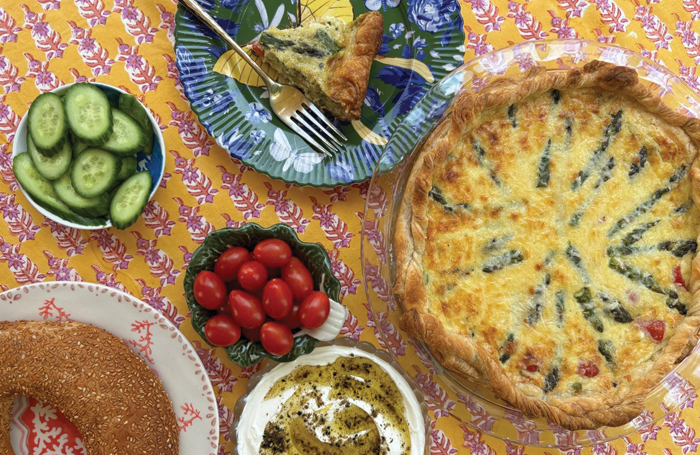
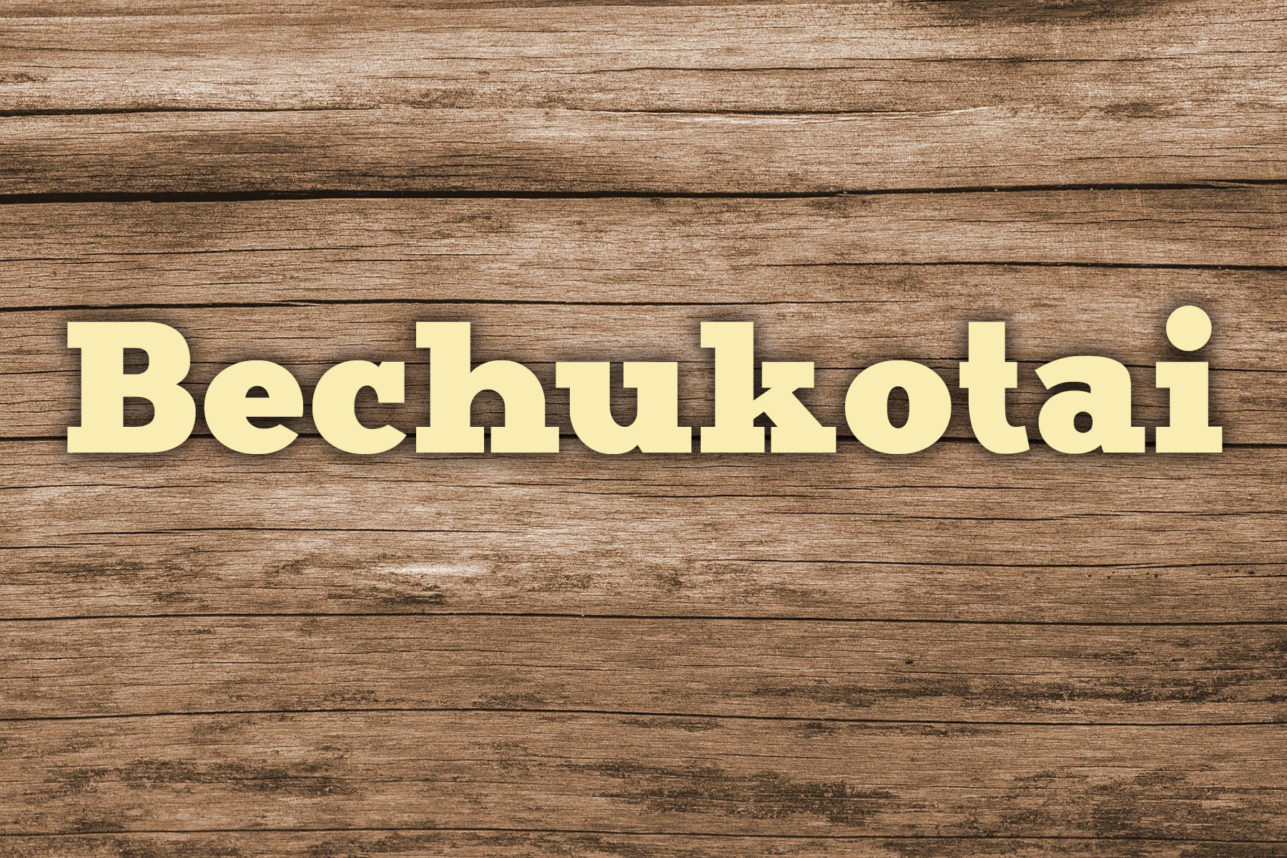






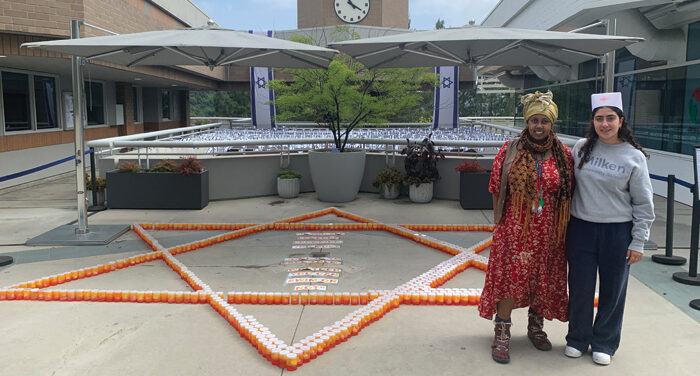



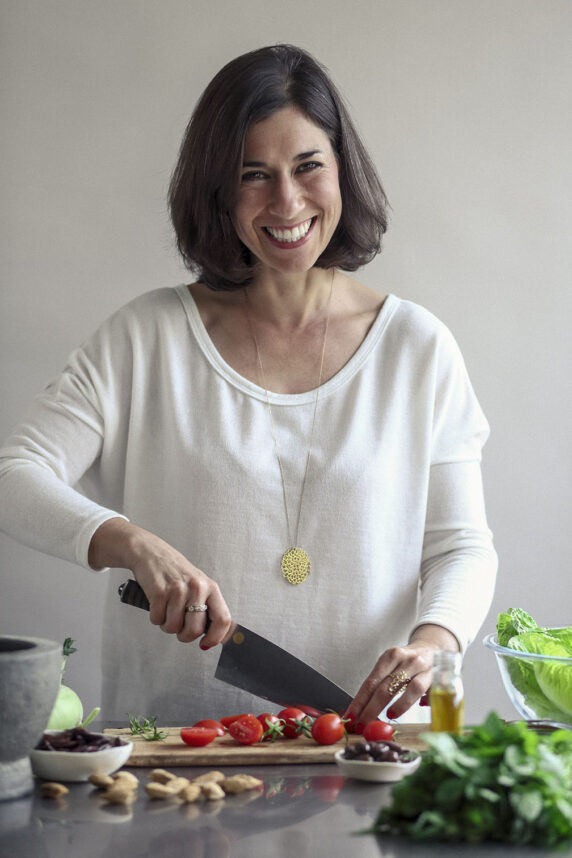
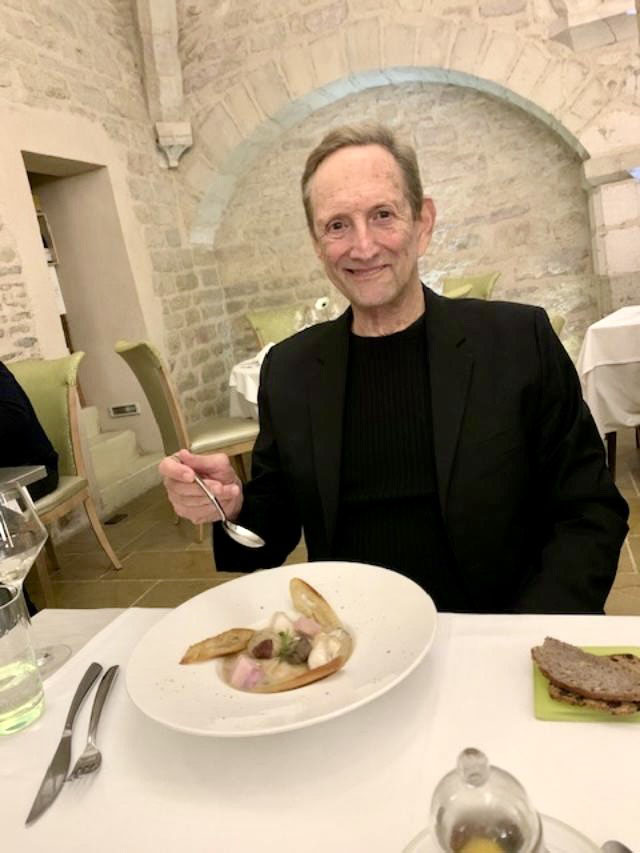
 More news and opinions than at a Shabbat dinner, right in your inbox.
More news and opinions than at a Shabbat dinner, right in your inbox.